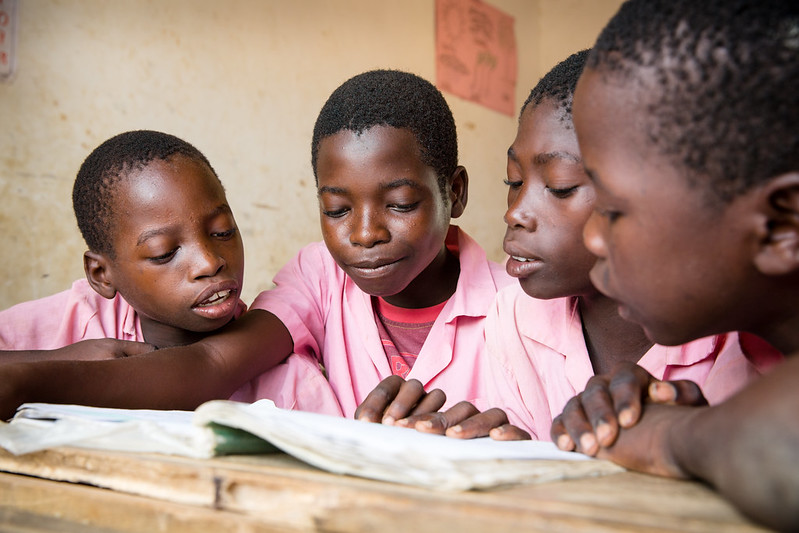
Education is one of the most fundamental rights a child must have, no matter where they live. A free, equitable and good-quality education is also one of the Sustainable Development Goals (SDGs) that the United Nations designed. Education allows a student to be literate and articulate, and gain proper knowledge of various subjects. Unfortunately, many students experience early school dropouts drop out of school due to financial, social and political reasons.
Rates and Statistics
According to UNESCO Institute for Statistics, more than 64 million primary school students dropped out of their education in 2020. The rates are even more extensive in low and middle-income countries. For example, in Ethiopia, more than 2 million students dropped out of primary school whereas, in India, more than 6 million left primary schools. The dropout ratio between female and male students differs in countries. Boys in India abandoned school nearly two times more than girls in 2020, while female students were two times more likely to leave school in Ethiopia in the same year.
Reasons Why Students Drop Out
There are several reasons for early school dropouts in developing countries. The most common causes are:
- Child Labour: Based on UNICEF estimations, one in 10 of all children around the world are victims of child labor. COVID-19 has worsened this crisis by forcing them to work for longer hours.
- Child Marriage: Even though marriage under the legal age of 18 is a contravention against human rights, almost four out of 10 teenage girls marry before 18 in West and Central Africa. Female child marriage rates are lower in Eastern and Southern Africa (32%). Boys also face early marriages. Based on the reports, 115 million young males marry before the age of 18 around the world, with Belize, Suriname and Nicaragua having the highest child groom rates in 2022.
- Conflict: Schools should be a safe place for pupils to study and learn, but this is not often the case in developing countries. In fact, many students miss out on school due to periods of conflict.
- Funding: There is a substantial issue regarding low prioritization and underfunding of the education sector in countries facing a crisis. Only 2.6% of humanitarian funds go to education. Moreover, government funding related to education is distributed inequitably, with children of poor households receiving as low as 10% or less of the public education spending. This funding crisis will deprive students of the opportunity to study in developing countries.
Addressing Early School Dropouts
Many organizations, charities and institutes are raising funds and implementing strategies to prevent and end the global education crisis. UNICEF, UNESCO, Education International and The Global Partnership for Education are some organizations that serve and support this cause. UNICEF is currently working with various partners and officials to remove current barriers along girls’ education paths. UNICEF’s priority is to enable girls to complete their secondary education.
Keeping Girls in School Act
Keeping Girls in School Act is a bipartisan (H.R.4134 / S.2276) to employ and direct the U.S. government to create solutions to address the global education crisis and barriers in the way of female students. The Keeping Girls in School Act empowers girls around the globe by increasing educational opportunities and economic security.
Conclusion
– Hasti Mighati
Photo: Flickr

 Poverty in Ghana has been reduced, thanks to the tremendous growth of the Ghanaian economy over the past years, but at a hidden cost: the
Poverty in Ghana has been reduced, thanks to the tremendous growth of the Ghanaian economy over the past years, but at a hidden cost: the 
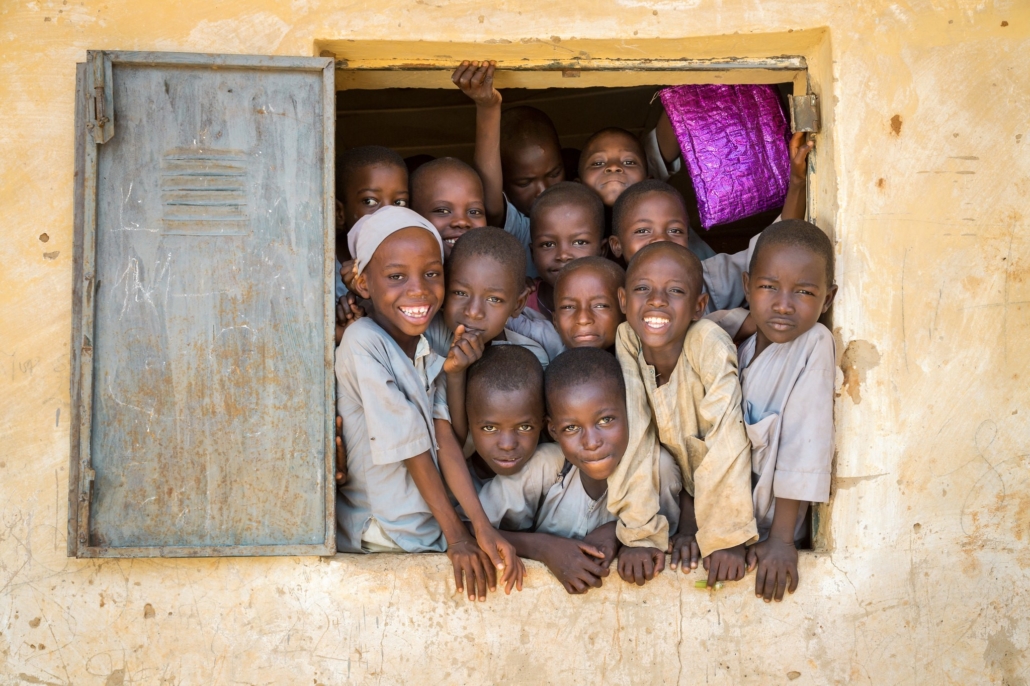
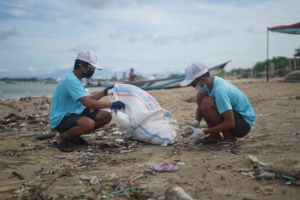
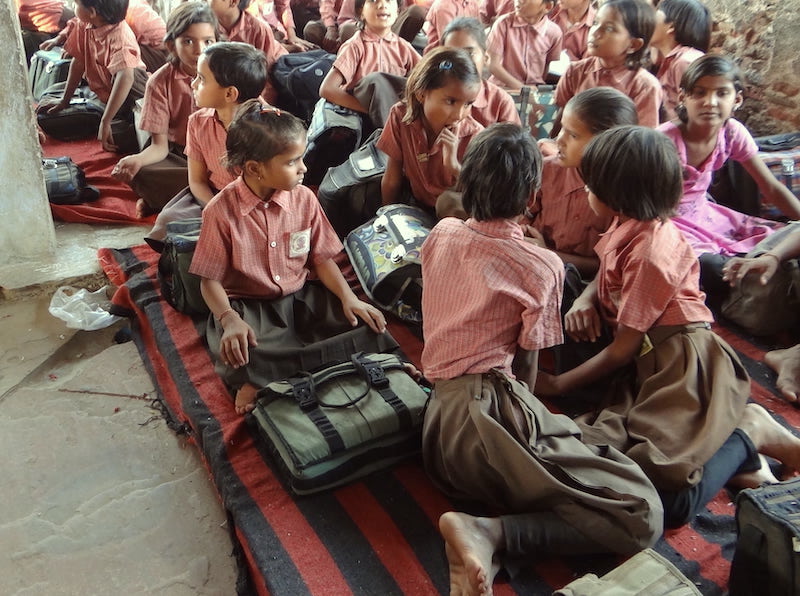
 Language barriers are an issue that affects a variety of individuals worldwide. Whether it be refugees fleeing their home countries, immigrants looking for new opportunities or others who are moving across the world, the language barrier can lead to unanticipated setbacks. This single obstacle can lead to a whole host of challenges that can easily cause stress and frustration for incoming migrants. Fortunately,
Language barriers are an issue that affects a variety of individuals worldwide. Whether it be refugees fleeing their home countries, immigrants looking for new opportunities or others who are moving across the world, the language barrier can lead to unanticipated setbacks. This single obstacle can lead to a whole host of challenges that can easily cause stress and frustration for incoming migrants. Fortunately, 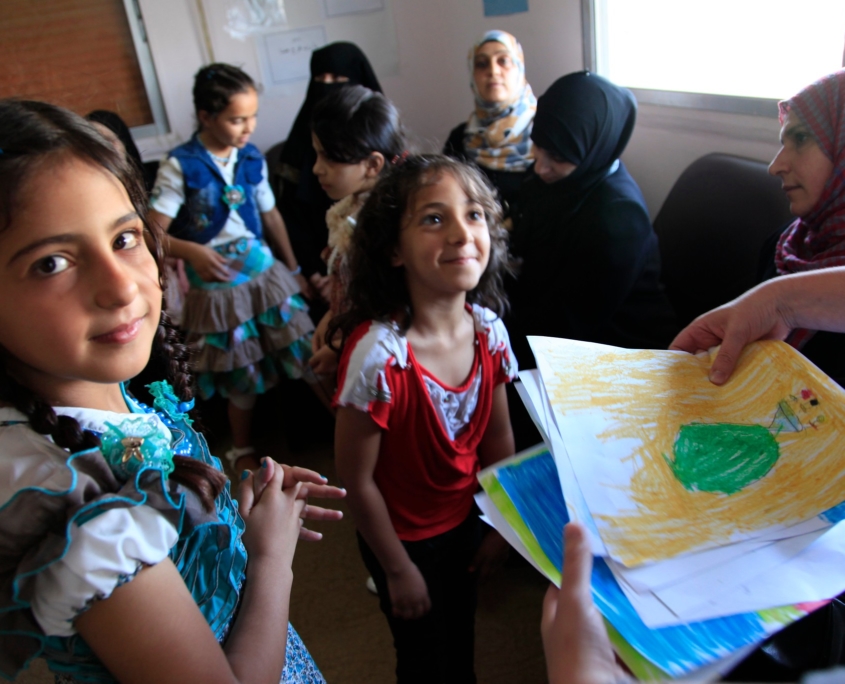 Ahmad Joudeh is a world-renowned ballet dancer and is famous for his performance in Eurovision 2021. His background is less well-known. Growing up in a refugee camp in Syria, Joudeh dreamed of dancing. In 2021, he began volunteering with SOS Children’s Villages, a nonprofit dedicated to supporting children and families in poverty and providing humanitarian assistance where it is needed.
Ahmad Joudeh is a world-renowned ballet dancer and is famous for his performance in Eurovision 2021. His background is less well-known. Growing up in a refugee camp in Syria, Joudeh dreamed of dancing. In 2021, he began volunteering with SOS Children’s Villages, a nonprofit dedicated to supporting children and families in poverty and providing humanitarian assistance where it is needed.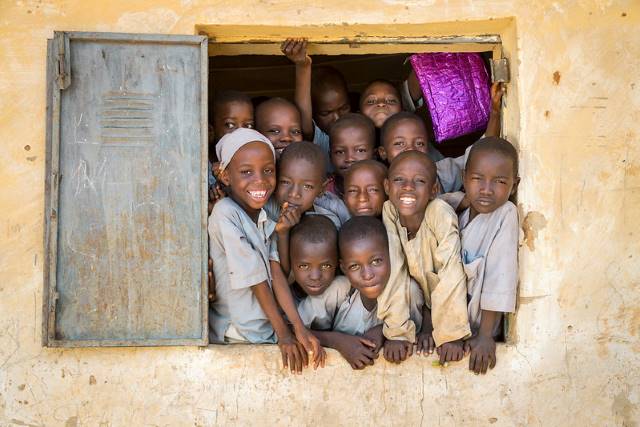 Nearly 200 million people currently live in Nigeria. Out of all the children in the world who are not attending school,
Nearly 200 million people currently live in Nigeria. Out of all the children in the world who are not attending school, 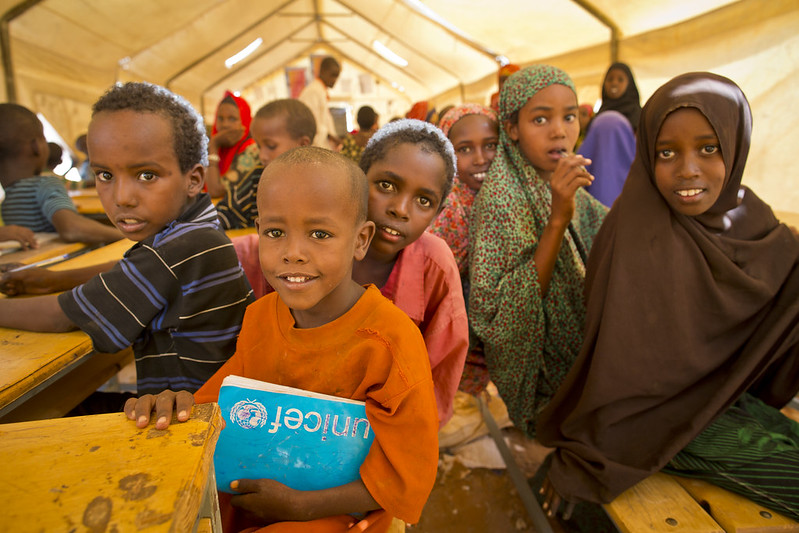 A 2017 report from the United Nations Educational, Scientific and Cultural Organization (UNESCO) reveals that around “
A 2017 report from the United Nations Educational, Scientific and Cultural Organization (UNESCO) reveals that around “